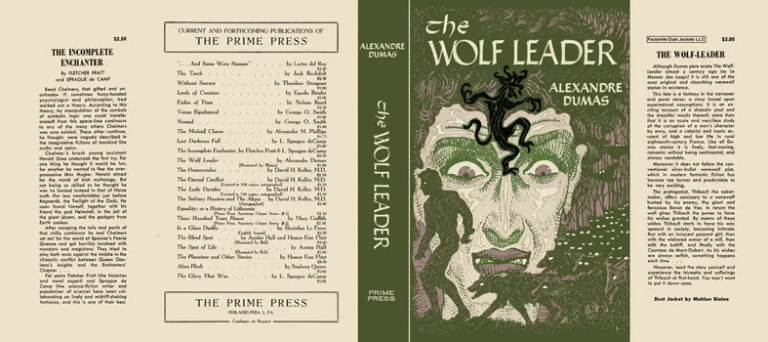Wallada bint al-Mustakfi: the Caliph’s Daughter Who Loved Women and Lived Free
Wallada bint al-Mustakfi (Córdoba 1001 – 1091), daughter of a deposed Umayyad caliph, was not merely a noblewoman—she was a poet, provocateur, and cultural icon in the intellectually radiant courts of Al-Andalus. Refusing to live within the confines of her class or gender, Wallada established her own literary salon, wore men’s clothing in public, embroidered her verses into her robes, and engaged in romantic relationships with both men and women.
Her most famous affair was with the poet Ibn Zaydun, but lesser-known texts suggest her intimate companionship with women—relationships filled with desire, wit, and defiance. In a society that oscillated between religious conservatism and poetic license, Wallada carved a space for queer autonomy through language, performance, and visibility.
She is said to have worn a robe inscribed with the verse “I am made for greatness and walk proudly.” And on the hem: “Forsooth I allow my lover to kiss my cheek / and bestow my kisses on him who craves it.“
Wallada’s life was not without danger—her choices were scandalous even by the standards of a cosmopolitan court—but she never sought invisibility. Instead, she offered a pansexual model of unapologetic self-expression, where love and literature intertwined in acts of personal and political resistance. Wallada reminds us that queer history isn’t just about survival—it’s about brilliance, power, and self-fashioning. Her poetry and presence prove that queer women have long claimed space in the public eye—not in spite of their gender and desire, but through it.








No Comments